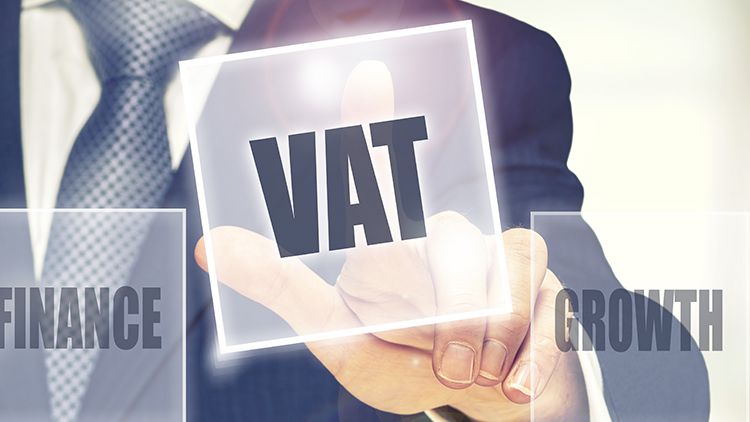by Unitedvat
Posted on Nov 21, 2017

As the VAT implementation date is nearing, the businesses are immense pressure to set up the entire VAT enabled IT Platform for easy VAT management. In a recent survey by Thompson Reuters & ACCA highlighted the different scenario altogether. According to the survey majority of the businesses are still not VAT ready as their IT system is yet to be updated in accordance with the proposed tax law. This has exposed and highlighted the number of shortcomings and challenges faced by businesses currently, ahead of the VAT implementation.
From January 1, 2018, the proposed introduction of five percent VAT on most supplies of goods and services in the UAE will present a number of challenges for businesses operating in the region as the new tax will impact all parts of business. The survey by Thompson Reuters & ACCA revealed that only 29% of the businesses have VAT enabled IT system, while 18% stated that they've partially integrated their IT system in accordance with the VAT laws. Shockingly, 47% percent companies are still uncertain about the VAT integration into their existing system.
In another survey earlier this by conducted by Hays concluded that A total of 52 percent of UAE-based businesses do not have a VAT implementation strategy in place by the January 2018 deadline. What is perhaps most surprising is that 60 percent have not assigned a budget for the change.
The survey found that the majority of organizations plan on implementing VAT without increasing headcount spend, with 61 percent introducing the new laws using their existing workforce. Of those who have set a budget, the most common is up to AED100,000 – the smallest bracket spend given in the research, and only 5 percent expect to spend more than this.
The challenge is to understand all the available options and make decisions that best support your business, invoicing and indirect tax reporting obligations. To overcome these challenges these basic guidelines has to be followed:
With less than two months to go, the key areas to prepare your business for the implementation of VAT are as follows:
The transition to a VAT will likely require significant resources and it is recommended that businesses start planning now for the introduction of VAT, as the expected changes required to comply with the tax will require significant lead time to design and implement.


